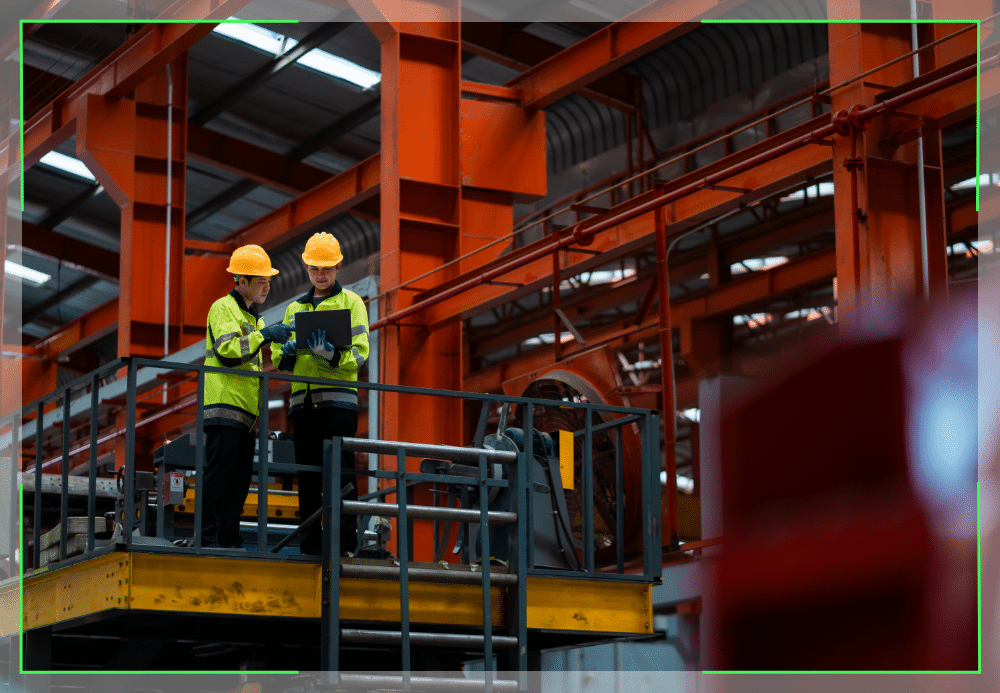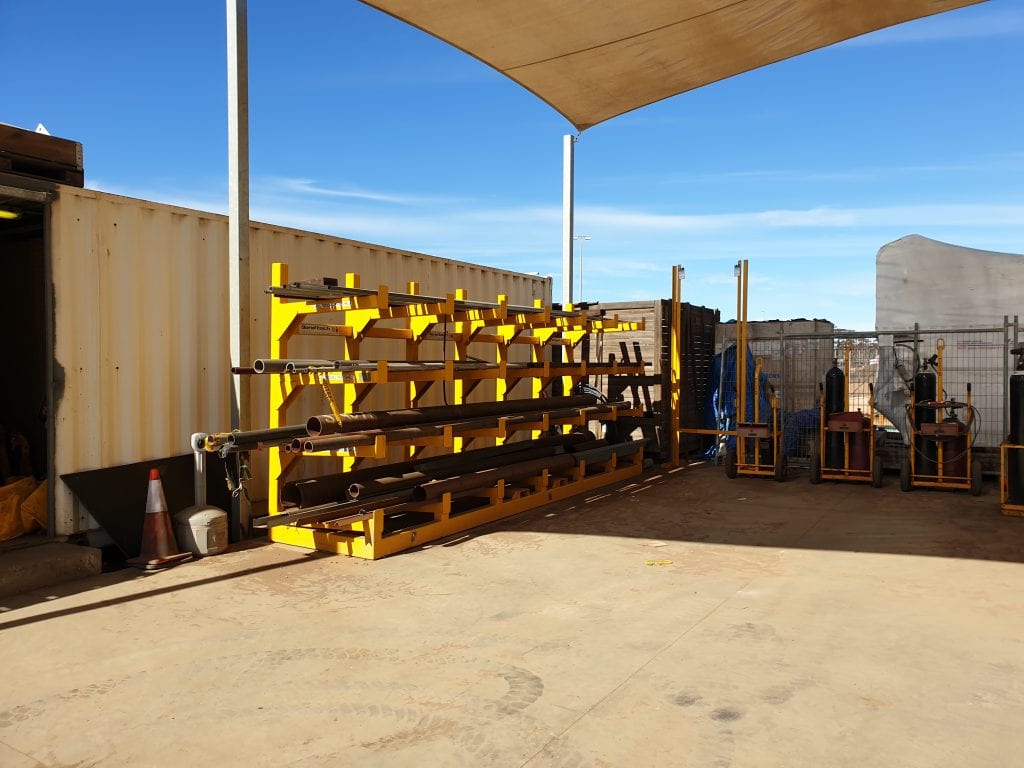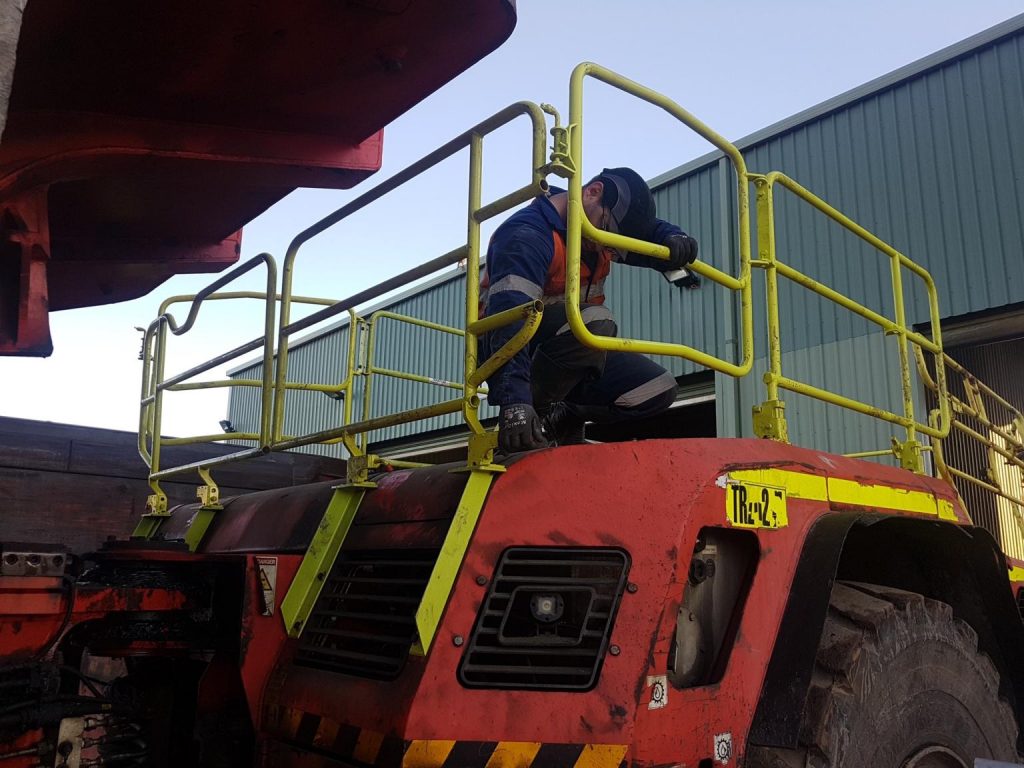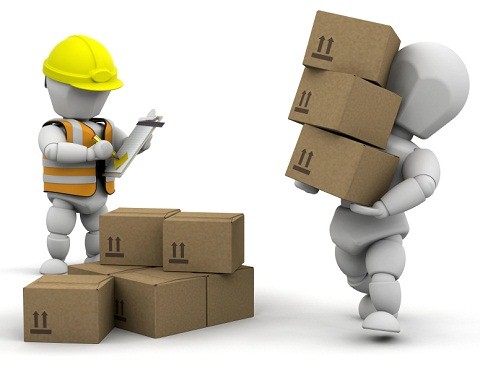Numerous industries benefit from the use of access platforms and access solutions of all types, enabling workers to reach heights with both safety and ease. However, with every benefit comes the risk of potential danger, especially when working at heights. Accidents causing minor and major injuries and even death can be commonplace if the right safety precautions are not taken. So, by prioritising health and safety, you can enhance your productivity, save costs and create a culture of trust with your operators and customers alike.
Crucial Safety Guidelines for Access Platform Operation
There is a wide array of access solutions out there, all with their own benefits and potential risks but if you follow best practices for health and safety when using access platforms, you not only minimise your risk of injury or damage but also greatly extend the life of your equipment.
Remember that every job is different. Weather, terrain, obstacles and location can all impact the safety of your workers and bystanders, as well as your access equipment. To ensure a safe working environment when using access platforms, here are a few basic procedures you can follow.
Equipment inspection
Conduct inspections of access platforms before each use to check for any defects or malfunctions. The same applies if you are renting the equipment. You should always inspect your gear thoroughly before use.
Regular maintenance
You should perform regular maintenance on your equipment as recommended by the manufacturer to keep everything in safe working condition. Be sure to address any issues immediately to avoid equipment damage and malfunctions.
Stabilisation and proper equipment setup
Your access platform should always be erected on stable ground and positioned away from all potential hazards or obstructions. You can use stabilisers or other stabilising equipment where necessary to secure the platform and prevent tipping. Double-check that guardrails and other safety features are properly installed and secured before use.
Personal protective equipment (PPE)
All workers should wear the appropriate PPE, including helmets, harnesses, gloves and safety goggles when using access platforms. Ensuring the PPE is in good condition and always worn correctly during platform operation is vitally important.
Environmental hazards
Environmental hazards such as rain, wind or lighting can pose a huge risk and should always be checked before setting up access equipment. Avoid operating access platforms in poor weather conditions and poorly lit or ventilated areas.
Training and Education
You should always provide your operators with adequate training on the correct operation of all equipment, safety measures and emergency procedures, ensuring that your operators are familiar with the specific access equipment being used. If you are using the access platform yourself, always make sure you have read all operating instructions thoroughly before use.
Communication
Setting up clear communication protocols for your workers can decrease your risk of accidents and injuries and create a good workflow on your site. Using hand signals, gestures or radio devices in noisy or crowded environments can also help you communicate effectively.
Emergency plans and readiness
Before operating an access platform, ensure all workers are familiar with emergency and evacuation procedures, including how to evacuate the platform safely in an emergency. Providing easy access to emergency communication devices, first aid supplies, and rescue equipment will help your team handle emergencies effectively and efficiently.
Safe work practices
Following safe work practices, such as keeping work areas tidy, avoiding distractions, and staying focused on one task at a time, are all vitally important for safety reasons. To prevent accidents and injuries, horseplay or risky behaviour should be avoided at all times, and you should encourage workers to report any safety concerns or hazards encountered as soon as possible to avoid any further damage or injury.
Risks of Unsafe Access Equipment Usage
To better understand the importance of health and safety when using access equipment, you should identify the risks associated with access platforms and develop a comprehensive health and safety plan, considering the following:
- Falls from height due to improper setup, unstable platforms and incorrect use of personal protective equipment (PPE)
- Malfunctioning equipment due to poor maintenance or improper setup.
- Collapse due to overloading
- Slips, trips and falls due to oil, debris or hazards such as toolboxes or cleaning buckets
- Falling objects putting workers or pedestrians below at risk
- Environmental risks such as high winds, rain or lightning
- Improper use of personal protective equipment (PPE)
- Pinch or trap hazards within the moving parts of the platform
- Distractions due to fatigue, lack of concentration or multitasking, leading to accidents or injury
It is also important to note that accidents can occur when moving the platform, including contact with overhead objects like powerlines or bridges.
Safe and reliable access solutions
Discover our access solution options today. All are certified to Australian standards and engineered for safety. We cater to a wide range of heavy industrial sectors and can provide everything from access equipment to elevated working platforms. We also design and manufacture a wide variety of access platforms for industrial, defence and mining applications all over Australia, meeting the highest standards using the latest technology and materials and vigorously testing to ensure ease of use, easy maintenance and the safety of workers at all times.







About The Author: Highjumpdev
More posts by Highjumpdev